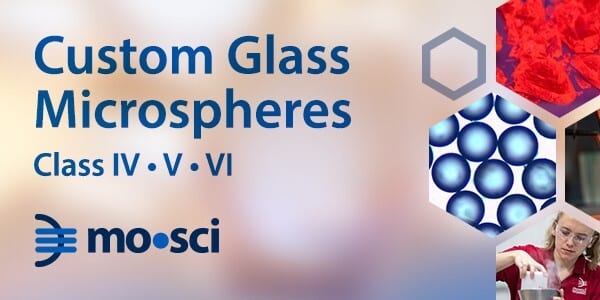2024 Raw Materials, Chemicals, Polymers, and Additives Handbook
Image courtesy of Inna Dodor / iStock / Getty Images Plus
Materials Descriptions
ASI has launched its online Raw Materials, Chemicals, Polymers, and Additives Handbook. This handbook offers information about raw materials, chemicals, polymers, and additives that are used in the production of adhesives, sealants, and coatings. Below is a selection of product definitions featured in the handbook, including a few of the suppliers of these products.
Click on the material headings below to link to that section in our Directory. And click on the company logos to view those specific listings.
*Supplier mini-ads represent paid advertising. If you are a materials supplier and would like to receive information regarding your company’s inclusion in the online Raw Materials Handbook or with mini-ads in future editions of ASI, contact Stacey Hurley, Directory Enhancement Sales, at 248-786-1662 or hurleys@bnpmedia.com.
Defoamers
An additive that, when added to a liquid, breaks foam. This is in contrast to antifoam, which prevents foam formation.
Tackifiers
Tackifiers are specialty resins used in the formulation of adhesives and sealants to add “tack” and improve adhesion. They may be hydrocarbon resins, rosin esters, phenolic resins, coumarone-indene resins, or terpene phenol resins, depending on the raw material.
Tackifiers provide increased tack and adhesion by creating a physical bond with the surface material, which maybe paper or an elastomer. They also deliver other performance advantages, such as improved hardness and reduced viscosity. Low-molecular-weight tackifiers, in particular, enable formulators to achieve low-viscosity formulations. This improves compatibility with the system, making it easier and faster to incorporate all materials, including fillers and plasticizers.
Tackifying resins enhance a broad range of adhesives and sealants, from hot melts to packaging adhesives. Depending on the level of tack required for the specific application, various levels of adhesion can be achieved simply by modifying system components. In general, the tackifier may account for up to 80-90% of a typical adhesive or sealant formulation.
Additives
An additive is a material used to change, or prevent or minimize changes in properties in a formulation. Additives can include adhesion promoters, anti-foaming and foaming agents, coalescing agents, corrosion inhibitors, crosslinking and curing agents, defoamers, dispersing and dispensing agents, driers, flame and smoke retardants, hardeners, perfuming and masking agents, preservatives, rheology modifiers, stabilizers, surface conditioners, thickening agents, UV absorbers, and wetting agents.
Microspheres
Thermoplastic microspheres are a multifunctional additive for use in adhesives and sealants. The heat-activated unexpanded form is used in heat-cured materials as a foaming or expanding agent. When used in the pre-expanded form, microspheres are an ultra-low-density, compressible hollow particle. They are used to reduce shrink and drying time, cut cost, increase compressibility and resilience, and lower the weight of materials. s in that they are small particles and do not markedly improve the tensile strength of the base material.
Vinyl Resins
(CH₂==CH--), specifically vinyl chloride, vinyl acetate, and similar esters, but also referring more generally to other types of compounds. Polyvinyl chloride (PVC) is a hard, rigid polymer that can be plasticized to make a soft, flexible version. PVC is the second-largest-volume polymer produced in the world (after polyethylene), and its main application areas are in construction (e.g., vinyl siding), furniture, and packaging. The vinyl compounds are highly reactive and polymerize easily.
Polymers
Polymers is a general term used to describe long-chain natural and synthetic molecules, and describes materials that are commonly called plastics, rubbers, and resins.







